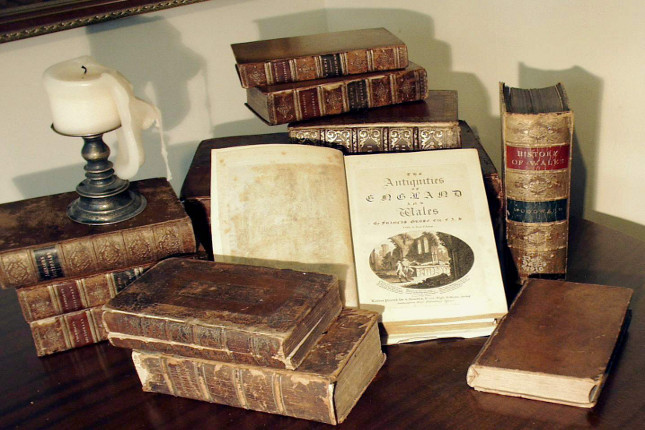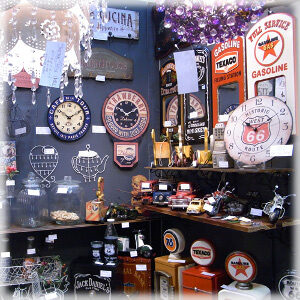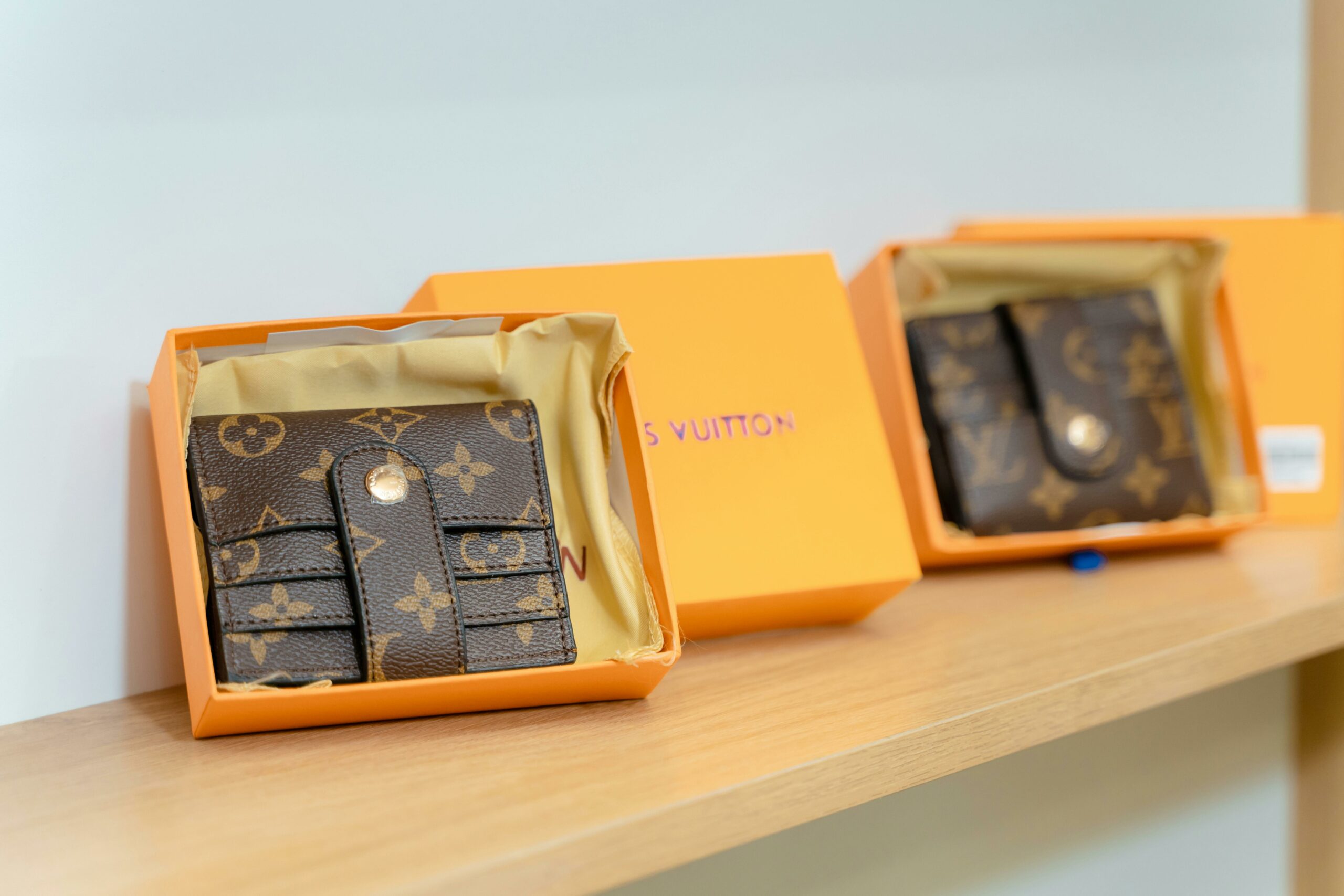 The terms antique and vintage are often used out of their original context. Understanding the difference between the two is important whether you are selling or buying.
The terms antique and vintage are often used out of their original context. Understanding the difference between the two is important whether you are selling or buying.
Formally, the term antique refers to an item that is at least a century old. Although furniture and jewellery pieces are not considered antiques until they are 100 years old, auto-mobiles are generally considered antiques at 20 years old. Antique items are usually desired for their age, splendor, rarity and even emotional connection. If an item is not datable to a century or more in age, it should not be referred to as an antique.
Just about any item can become an antique if it survives long enough, but appeal or social acceptance only can ensure that it is actually worth something in the market place. Another important aspect to consider about antique furniture is that should be in its original condition and not altered in any way. Finding pieces in perfect condition after over fifty years is very difficult.
The term vintage was originally applied to the age of a bottle of wine. However, it is now applicable to a wider variety of items. It refers to the age of an item, although not in years, but to a particular time or era. You may have a piece of furniture or jewellery that is of 1920’s vintage. As a general rule, vintage should not be used in reference to an item less than 20 years old, and the item should be representational and recognisable as belonging to the era in which it was made. Sometimes if an item doesn’t meet antique requirements, it would be classified as vintage.
Antique furniture and other collectibles over 100 years old are generally handled by professional antiques dealers. Vintage items are often bought and sold by private collectors or amateur enthusiasts. The overall difference between antique and vintage is age and marketability.












